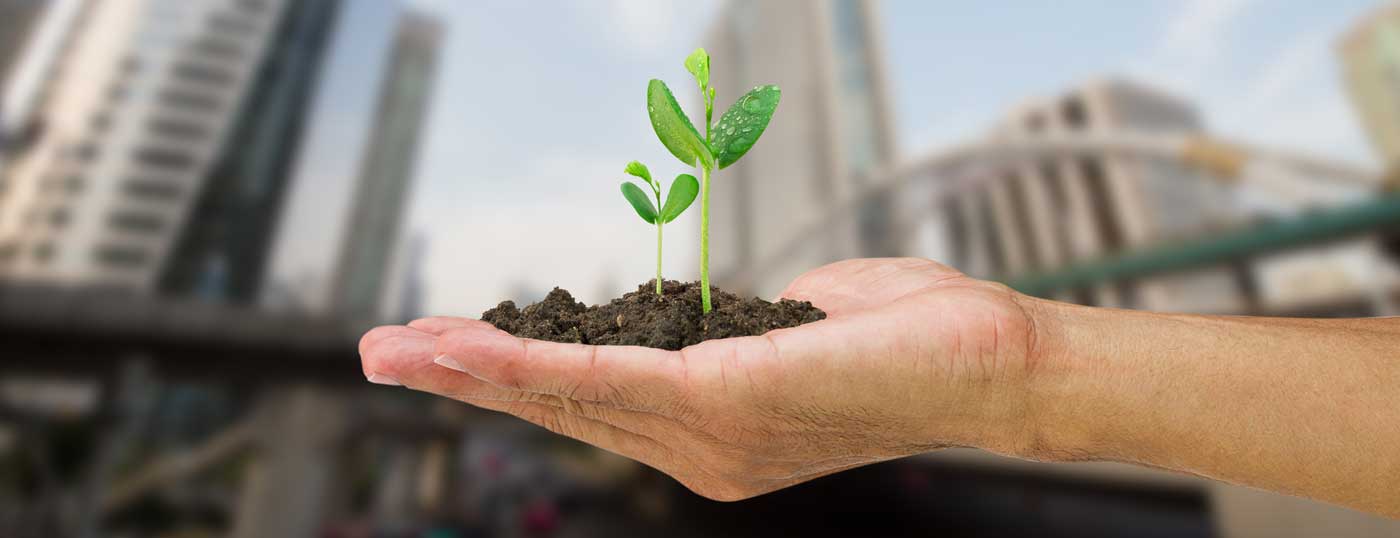
At New Millennium Building Systems and our parent company Steel Dynamics Inc., we take great pride in and are deeply committed to recycling and the sustainability of our products. Our efforts go hand-in-hand with national and global initiatives dedicated to lowering carbon emissions to net zero starting in 2030. Our processes and technology enable us to play a meaningful part in reaching those goals.
Steel Dynamics uses electric arc furnace (EAF) steelmaking technology, which uses far fewer natural resources and significantly less energy than traditional blast furnace technology. That results in fewer emissions and a lower impact on the environment. New Millennium products are primarily made of steel from domestic EAF mills, including those of Steel Dynamics. Scrap steel is the primary ingredient for EAF mills, which is why the steel industry is a consistent leader in recycling and sustainability.
Inspired by the worldwide climate crisis as well as the Paris Agreement to limit global temperature rise this century well below 2 degrees Celsius above pre-industrial levels, several organizations have committed to reducing the energy consumption and greenhouse gas emissions of the built environment.
Architecture 2030, a non-profit organization, issued The 2030 Challenge in 2006 to spark rapid change in the building sector. Noting that the “urban built environment is responsible for 75% of annual global GHG emission,” with building and construction alone accounting for 39%, its ultimate goal is for “all new buildings, developments and major renovations” to be carbon-neutral by 2030. The World Green Building Council, founded in 1999, strives for net zero carbon emissions by 2050.
Steel Dynamics and New Millennium building systems are part of the solution.
Steel Dynamics greenhouse gas emissions are consistently below the World Steel Association (WSA) average. The EAF technology used in our steelmaking process produces substantially fewer emissions than traditional blast furnace technology. In 2018, the greenhouse gas emissions from our six EAF steel mills were only approximately 13% of the WSA average CO2 emissions.
As our 2018 Sustainability Update states, “we continually evaluate opportunities to improve our processes, equipment and technology to reduce our physical impact on the environment. To us, it’s more than simply meeting applicable requirements, but going beyond with a commitment to higher environmental standards.”
In its sustainability efforts, Steel Dynamics utilizes a looped manufacturing life cycle. Its metals recycling platform collects and processes industrial scrap from manufacturers and obsolete scrap from end-of-life items, such as automobiles, appliances and machinery. This processed scrap is then sold to end users, including Steel Dynamics EAF steel mills, which utilize recycled ferrous scrap as their primary raw material input to produce new steel. This steel is subsequently sold internally to steel manufacturing operations such as New Millennium and to external steel customers.
At SDI, by virtue of dedicated sustainability efforts:
The seven New Millennium plants in North America primarily use steel from domestic EAF mills, which relies heavily on scrap steel. New Millennium reports in LEED Letters the average percent of recycled content each of its facilities uses in finished joists and deck.
For current information on the recycled content of New Millennium products, download our LEED Letters.
Steel products are 100% recyclable, and steel can be recycled repeatedly, never losing its strength in the process. In the construction industry, structural steel produced in the U.S. contains on average 93% recycled steel scrap, the highest of any building framing material. When the buildings using that structural steel in turn reach their end of life, 98% of their structural steel is recycled back into new steel products. “As such, structural steel isn’t just recycled but ‘multi-cycled,’ as it can be recycled over and over and over again. It is truly a cradle-to-cradle material,” the American Institute of Steel Construction reports.
It’s not just structural steel that is highly recycled. The AISC reports 81% by weight of all steel products reaching the end of their life are recovered for recycling, including 85% of automobiles, 82% of appliances, 70% of containers and 72% of reinforcing bar. These rates dwarf those of aluminum, paper or wood, materials commonly thought to have the highest recycling rates. In addition, each year more steel is recycled than paper, plastic, aluminum and glass combined, the American Iron and Steel Institute says.
In 2016, U.S. structural steel mills produced 7.1 million tons of structural steel containing recycled steel scrap from roughly 5 million automobiles, 1.7 million discarded appliances, 1.1 million tons of construction and industrial waste and 1 million tons of household recycling, according to the AISC. Those efforts have a significant effect on the environment. Each ton of recycled steel saves 2,500 pounds of iron ore, 1,400 pounds of coal and 120 pounds of limestone.
For more on our sustainability efforts, contact the New Millennium LEED specialist.
Building a better steel experience